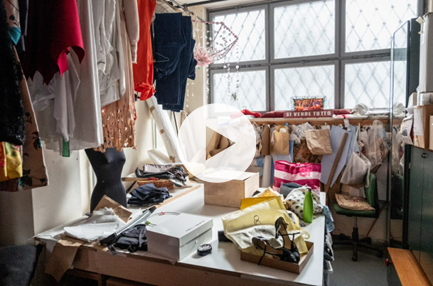The neighbourhood of Porta Romana in Milan
If you want to experience the atmosphere of Milan from yesteryear, the area of Porta Romana perfectly fits the bill with its decadent art-nouveau buildings, cosy trattorias, historic stores, elegant theatres and buzzing bars and clubs where you can while the day away.
It owes its name to the Gate (Porta means Gate in Italian) which marked the entrance to one of the six districts (or sestrieri) that once made up the ancient city of Mediolanum. On the other hand, the main east-west road in the city (the decumanus) is not only the axis upon which the entire neighbourhood rises, but also a place where important ceremonies were once held.

The archway of Porta Romana
The gate (also commonly referred to as the archway of Porta Romana) was rebuilt in 1596 and would become the only monumental entrance to the city for the following 200 years. If you take a closer look, you will see that it has been inspired by imperial Roman arches, but at the same time, it is richly decorated with details from other eras, such as friezes and sculptures in a baroque style.
It is incredible to think that until the second half of the eighteen hundreds, it was all an expanse of fields irrigated by the Redefossi canal.
The goods station and thermal baths of Porta Romana
It would only be in the early twentieth century that the famous Goods Yard of Porta Romana would be built and the Civic Burial Station would be opened, later to become the social club of the ATM (Milan Transport Company), and now the Thermal Baths of Milan.
What did this area of Milan look like at the time? You just need to take a look at the painting called “Officine a Porta Romana” (Workshops at Porta Romana) by the artist Umberto Boccioni which shows plots of farmland with smoking chimney stacks in the background.
The area went through a series of transformations. First, it was a bustling venue for trade, then it became a popular spot for artists and, in the end, it mellowed into an elegant residential area for the middle classes. As the city expanded, the wealthy built themselves exquisite art-nouveau homes in Porta Romana.

Railway tracks were dismantled and factories abandoned, leaving space in the 70s for numerous residential complexes to spring up, some of which were really quite luxurious. Property development mainly took place near the Bastion Ring (Cerchia dei Bastioni) and it would turn into the area of Porta Romana into the Milanese neighbourhood we know today.
Discover more

